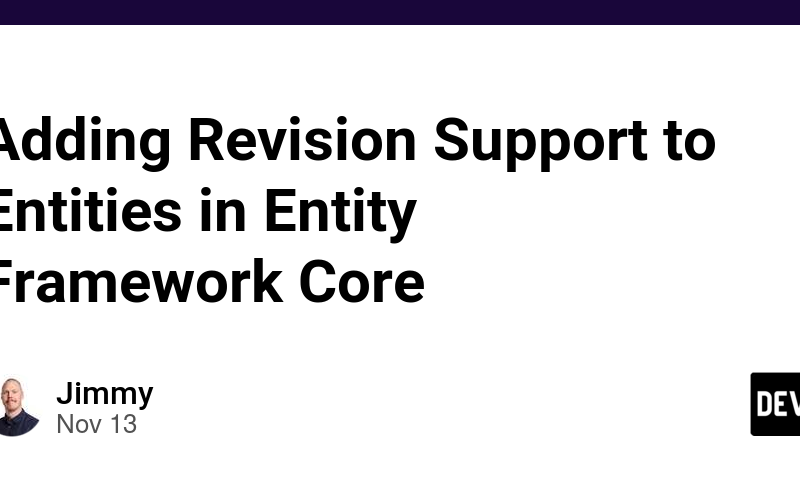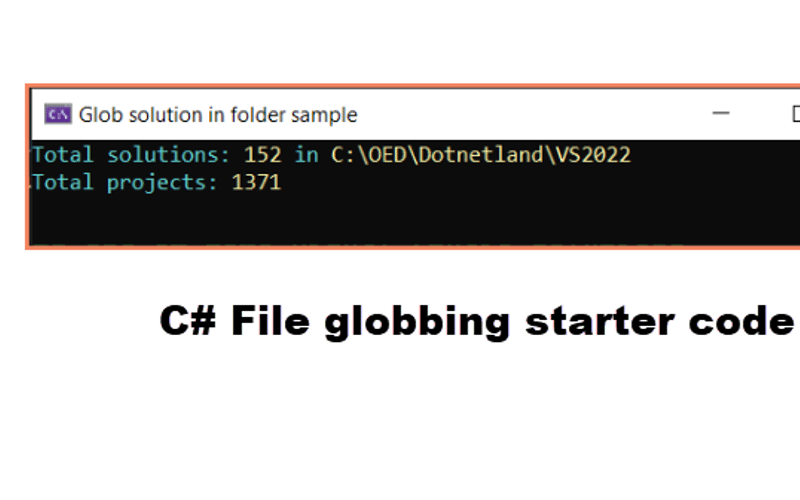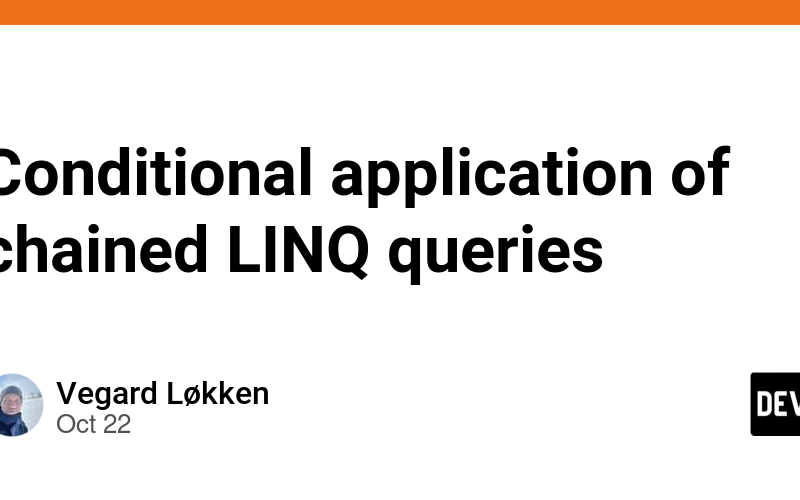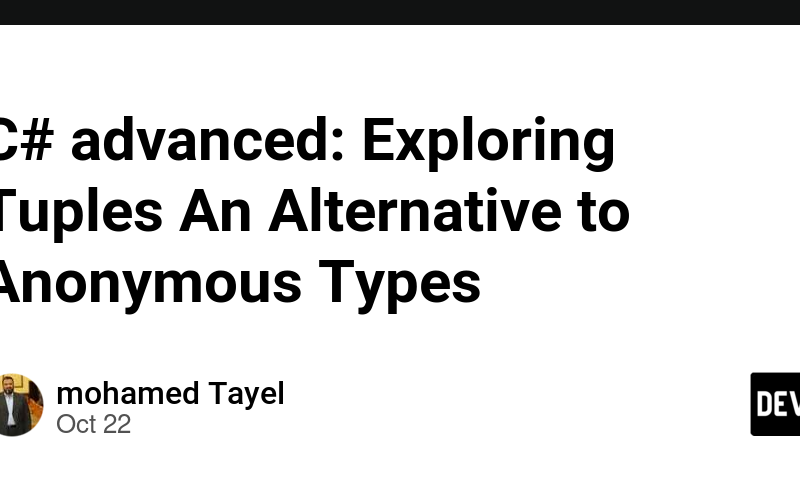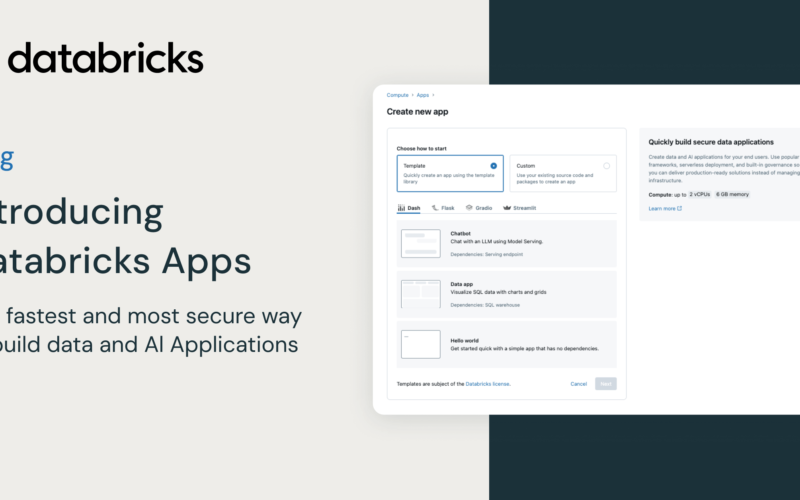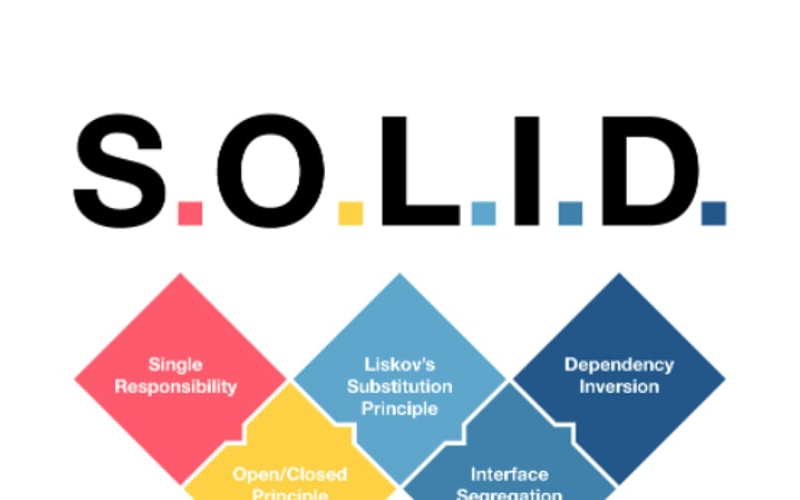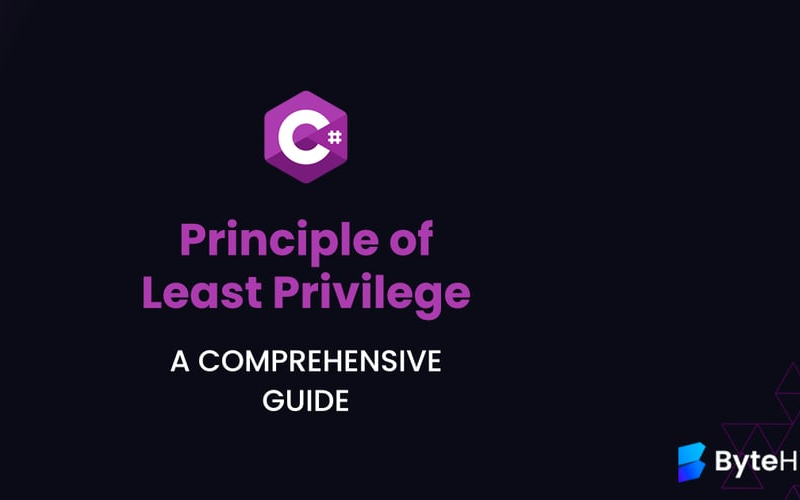19
Nov
Meta Description:Learn how generics in C# enhance flexibility, reusability, and type safety in your code. Explore their role in collections, algorithms, and scalable application design. 1. What Are Generics? Generics allow developers to define classes, methods, and interfaces with placeholders for the type of data they will operate on. This placeholder, called a type parameter, is replaced with a specific type at runtime or compile-time. 2. Why Are Generics Necessary? Generalized Algorithms: Some algorithms, like sorting, are independent of the type of data. For example, you can sort integers, cars, or apples as long as they are comparable. Type Safety:…


